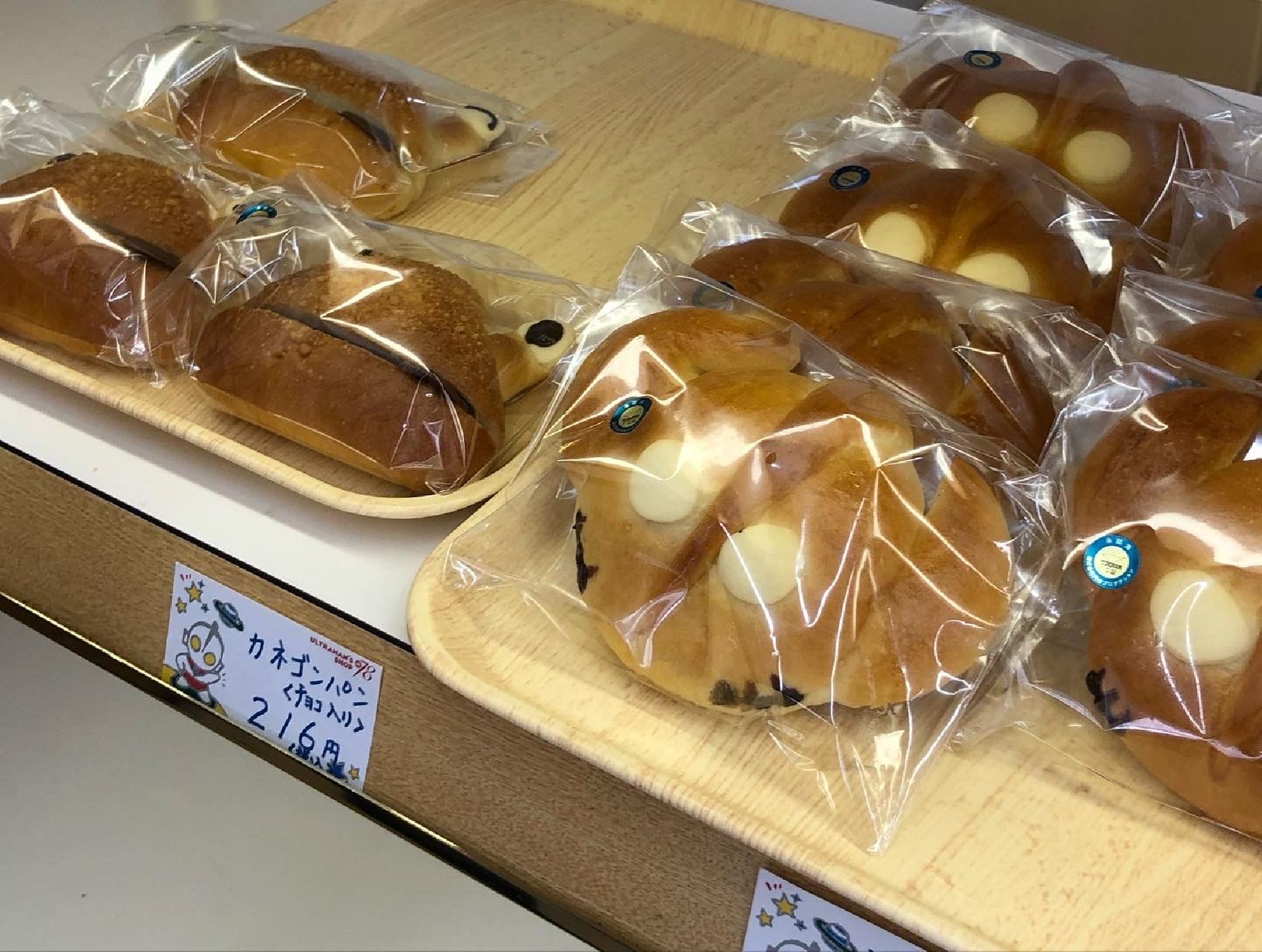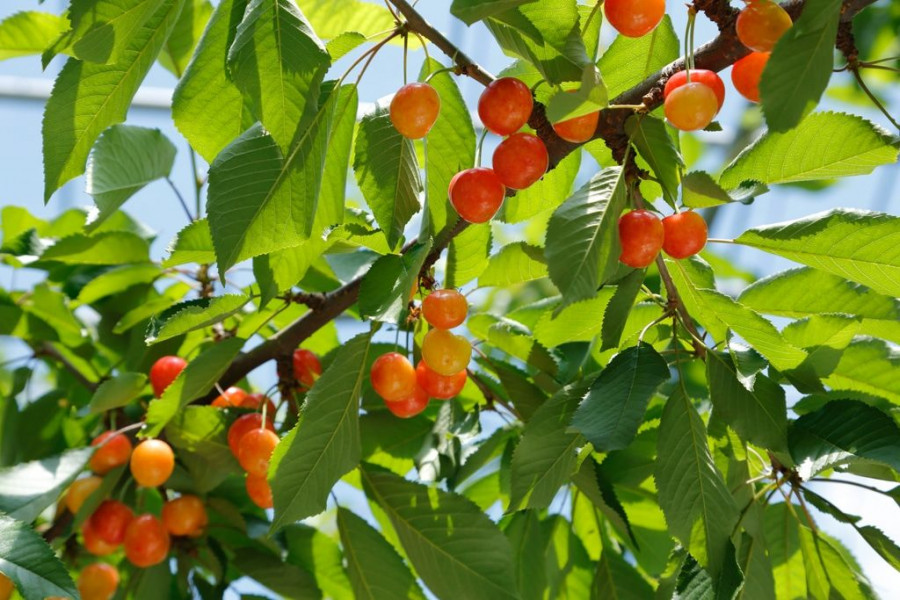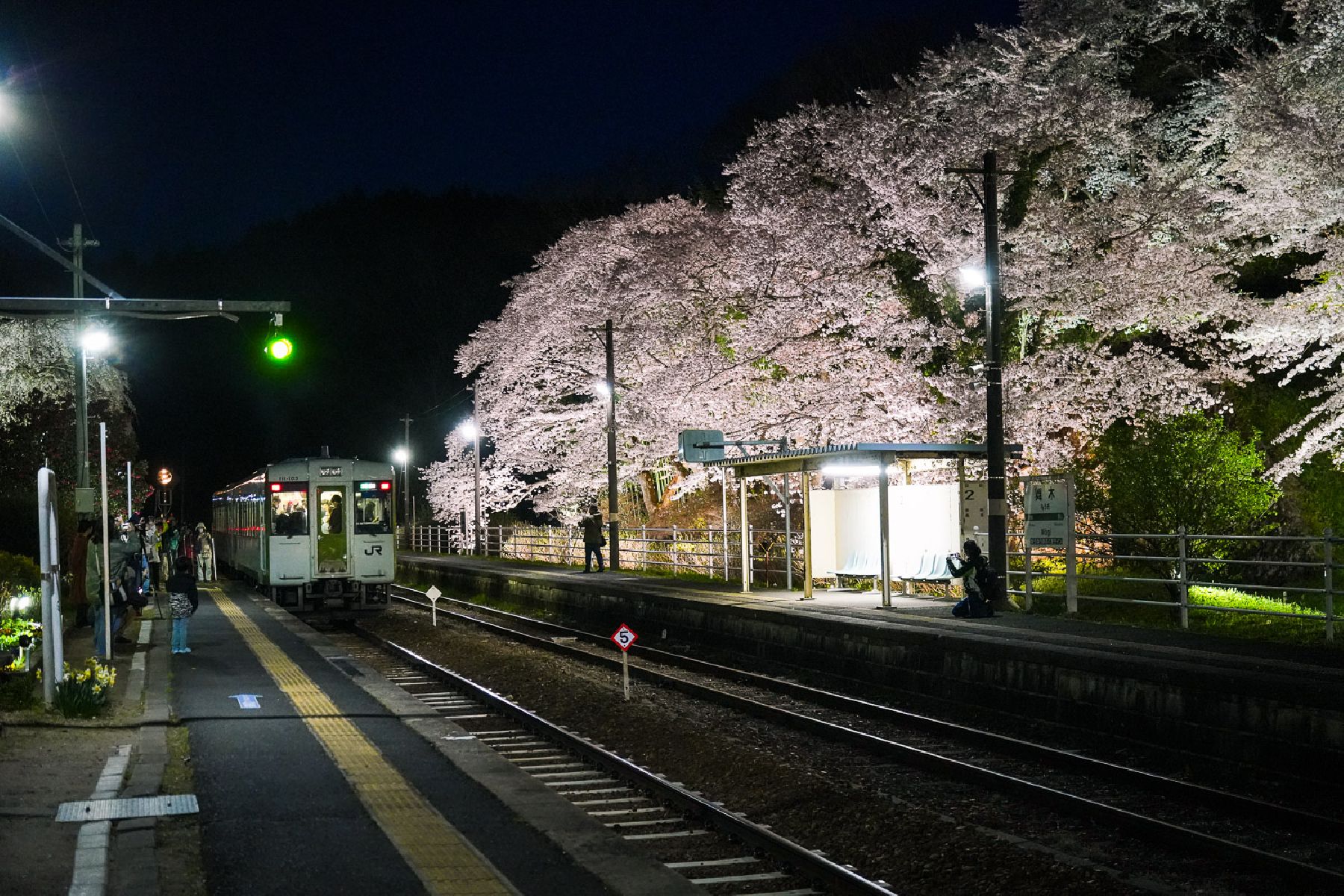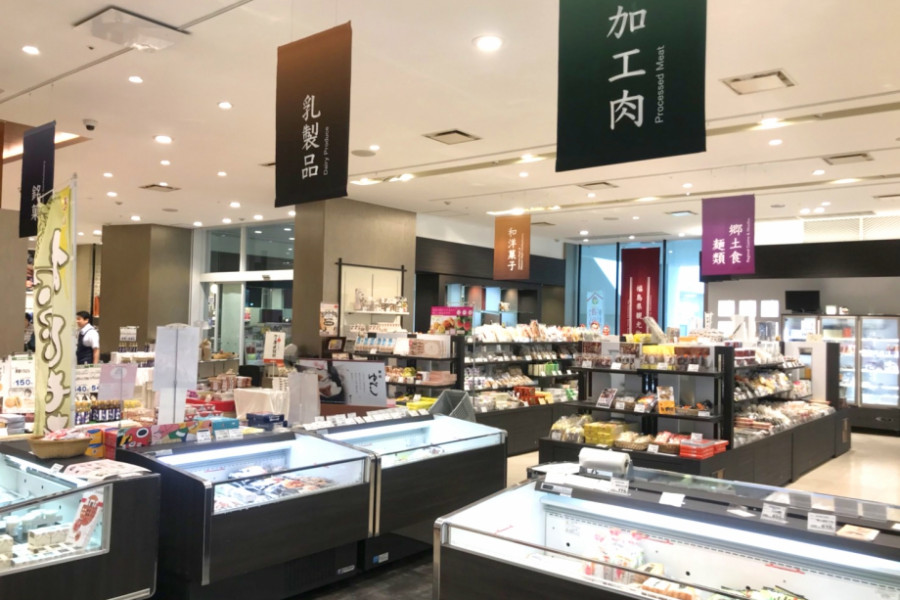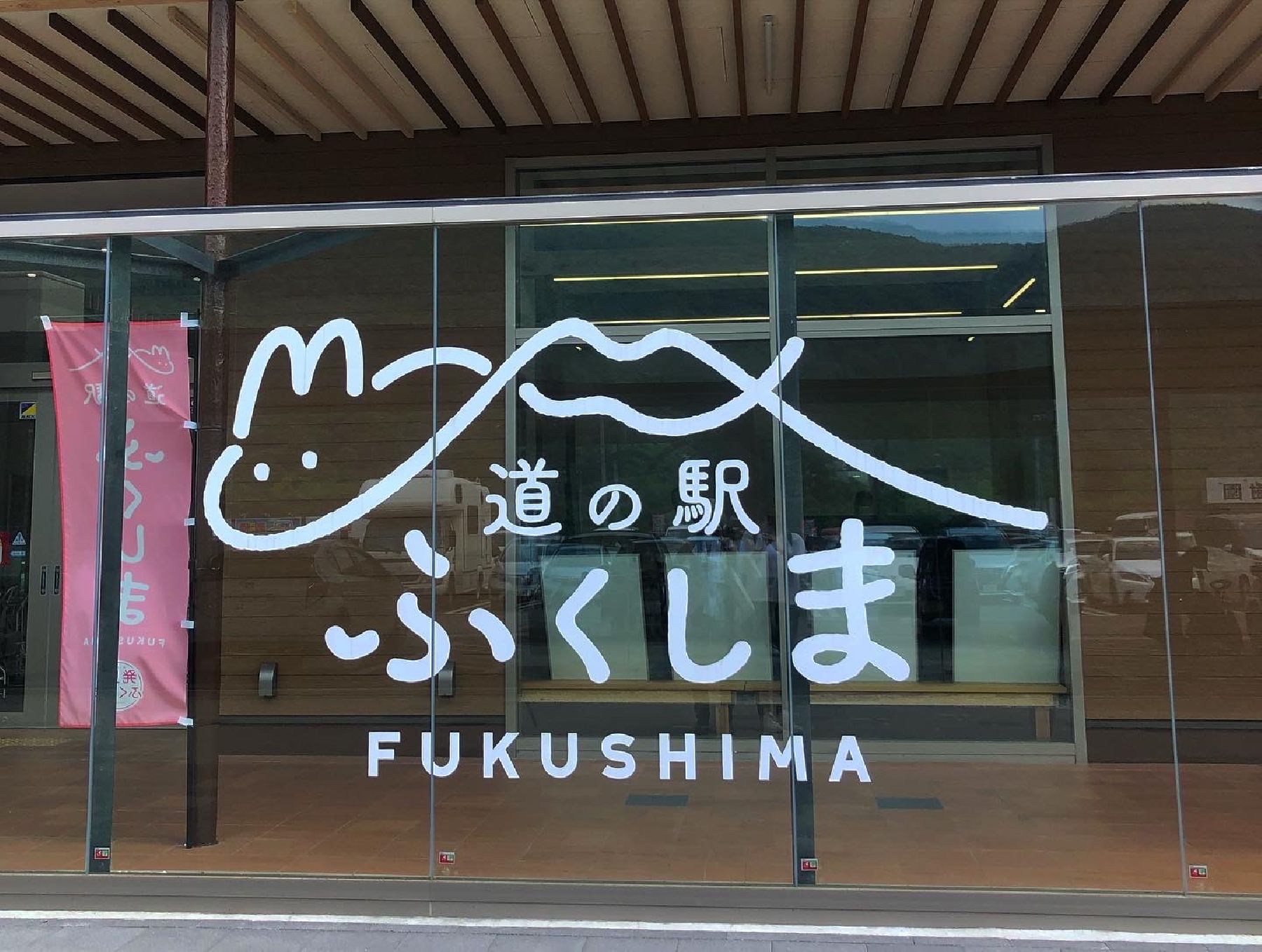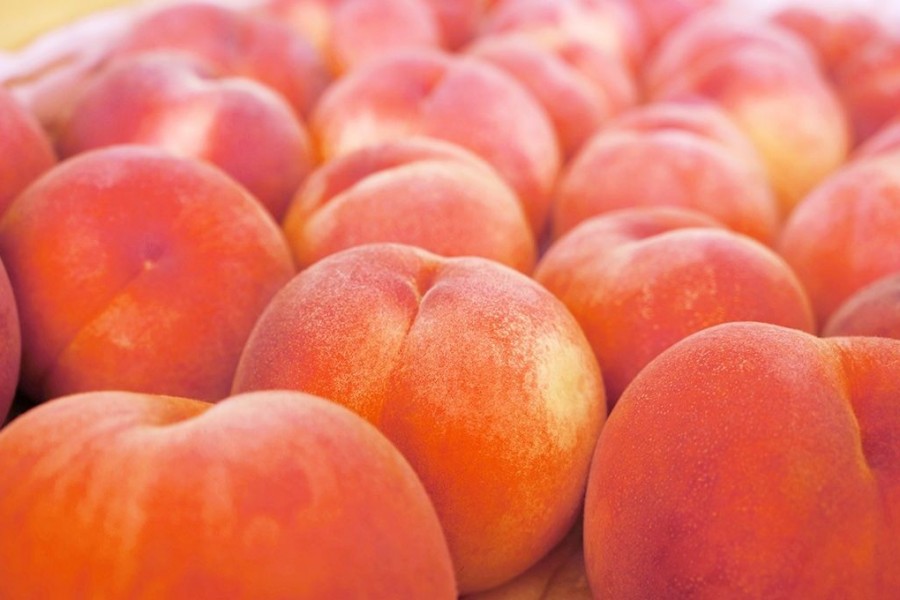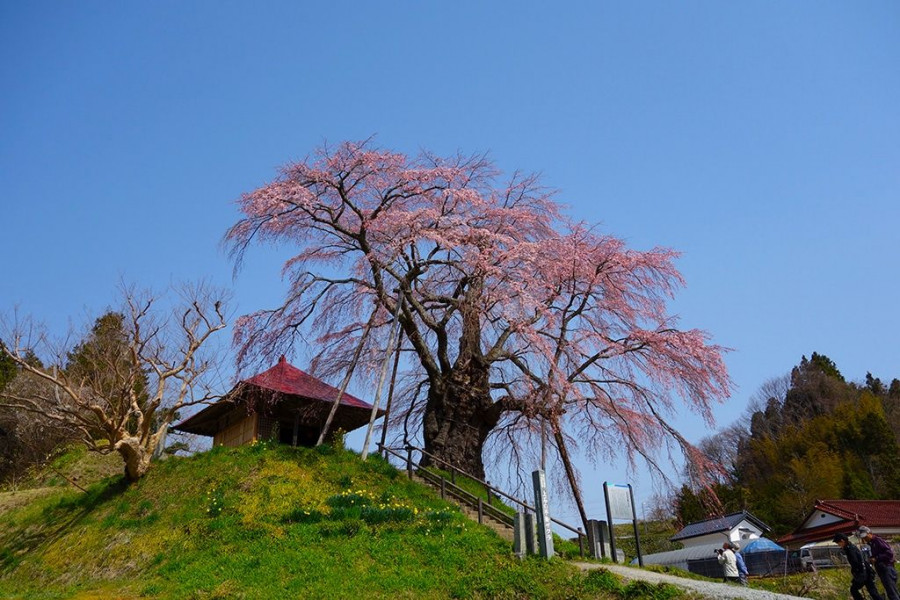
Ageishi no Fudozakura (Fudo Cherry Blossoms of Ageishi)
This tree is located on the grounds of a temple dedicated to the Buddhist deity Acala (known as Fudo Myoo in Japan), and is thus known locally as the Fudo Cherry Blossoms. The tree is about 350 years old and is considered to be a descendant of the Miharu Takizakura, a famous cherry tree located in nearby Miharu Town. Photography tip: Angle your camera so you capture both the cherry blossoms and the yellow canola flowers.
